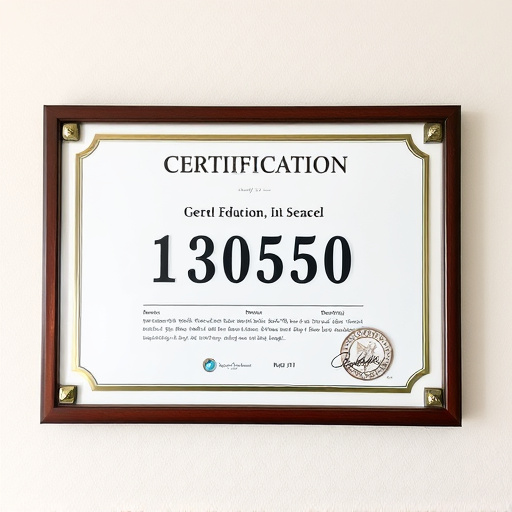Professional intake installation is a critical service for dealerships, optimizing vehicle performance, fuel efficiency, and emissions control through precise assembly, testing, and integration of components into intake systems. Costs vary based on vehicle make/model, system complexity, and labor rates, with key expenses including labor, materials (adhering to industry standards), and overhead. Dealerships can enhance efficiency and reduce costs by prioritizing expert installation practices, streamlining tasks, and employing skilled technicians who prevent damage and long-term repairs, ultimately lowering labor costs while ensuring vehicle longevity and performance.
Professional intake installation is a cornerstone of quality service for dealerships, ensuring optimal vehicle performance. This article delves into the multifaceted benefits of expert installation practices, focusing on key aspects such as understanding the process, deciphering associated costs, and exploring efficiency gains. By examining labor and material expenses in detail, we highlight why professional intake installation represents a strategic investment for dealerships, ultimately maximizing customer satisfaction and operational effectiveness.
- Understanding Professional Intake Installation: The Foundation of Quality Service
- Unraveling the Costs: A Comprehensive Look at Labor and Material Expenses
- Maximizing Efficiency: Why Dealerships Benefit from Expert Installation Practices
Understanding Professional Intake Installation: The Foundation of Quality Service

Professional intake installation is a critical process that forms the foundation for quality service at any dealership. This meticulous procedure involves the careful and precise assembly, testing, and integration of various components into a vehicle’s intake system. It ensures optimal performance, fuel efficiency, and emissions control by enhancing air flow and ensuring accurate mixture ratios.
The cost of professional intake installation can vary based on several factors, including the make and model of the vehicle, the complexity of the new intake system, and labor costs. However, investing in this service is a smart decision for car owners as it not only enhances engine performance but also contributes to better fuel economy and reduced environmental impact. It’s a key step in maximizing the potential of any vehicle, ensuring both reliable operation and a smoother driving experience.
Unraveling the Costs: A Comprehensive Look at Labor and Material Expenses

When considering dealership installation, understanding the breakdown of costs is essential for any business owner. Unraveling the expenses involves a meticulous examination of both material and labor costs. The professional intake installation process requires skilled technicians who invest their time in accurately assessing, planning, and executing the project. Labor costs can vary widely depending on factors like complexity, size, and specific requirements.
Material expenses encompass a range of components—from basic fixtures to advanced technology—that are integral to the installation. These materials must align with industry standards and the dealership’s unique needs. A comprehensive cost analysis should also account for potential overhead, including administrative fees and site preparation costs. By delving into these aspects, businesses can secure a clear understanding of the financial investment required for successful dealership installation.
Maximizing Efficiency: Why Dealerships Benefit from Expert Installation Practices

Dealerships that prioritize expert installation practices can significantly maximize efficiency and reduce costs associated with professional intake installation. Efficient installation processes are crucial for maintaining a smooth flow of operations, ensuring that new vehicles are ready for customer test drives and deliveries promptly. By minimizing labor-intensive tasks and streamlining the overall installation process, dealerships can optimize their workforce and resources effectively.
Professional installation services not only save time but also reduce the risk of damage to sensitive vehicle components. Skilled technicians employ specialized tools and knowledge to install various car parts accurately and securely, ensuring longevity and performance. This expertise translates into cost savings in the long run by preventing costly repairs or replacements due to incorrect installations.
Professional intake installation is a critical aspect of dealership operations, offering significant benefits that extend beyond initial setup costs. By prioritizing expert installation practices, dealerships can expect enhanced efficiency, improved service quality, and increased customer satisfaction. While the labor and material expenses associated with professional intake installation may vary, the long-term gains far outweigh the short-term investments. This strategic approach ensures a robust foundation for exceptional vehicle care, solidifying the dealership’s reputation as a leader in automotive excellence.














